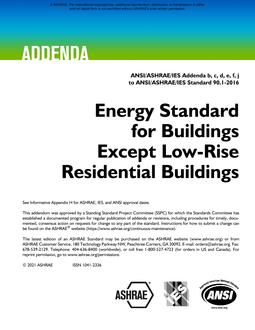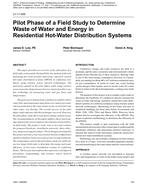UV-C is becoming a mainstream air sterilisation technology, and is marketed in the form of energy saving and infection reduction devices. Anaccurate rating of device performance is essential to ensure appropriate microbial reduction yet avoid wastage of energy due to over performance. TheEPA test series “Biological Inactivation Efficiency by HVAC In-Duct Ultraviolet Light Systems” presents experimental data on theperformance of UV in-duct sterilisation systems, however UV dosage values calculated by EPA reflect variability due to uncertainty inmicroorganisms UV susceptibility data. This paper aims to calculate UV dose received by airborne particles in an induct system using acomputational fluid dynamics (CFD) approach. The EPA test EPA 600/R-06/050 was reproduced in a CFD model using discrete ordinate(DO) irradiation modeling and Lagrangian particle tracking. Whereas the EPA test back calculated UV dose from measured microorganisminactivation data, the CFD model directly computed UV dose, then determined inactivation rate of microorganisms. Inactivation values comparedwell between the CFD model and the EPA tests, but differences between UV dosages were found due to uncertainty in microorganisms UVsusceptibility data. The study highlighted the need for a reliable data set of microorganism UV susceptibility values in air. Evaluation of the dosedistribution demonstrated the importance of system design with over 50% of microorganisms receiving less than the average dose.
Citation: IAQ Conference: IAQ 2013: Environmental Health in Low Energy Buildings
Product Details
- Published:
- 2013
- Number of Pages:
- 9
- File Size:
- 1 file , 1.1 MB
- Product Code(s):
- D-2013IAQConf-52


